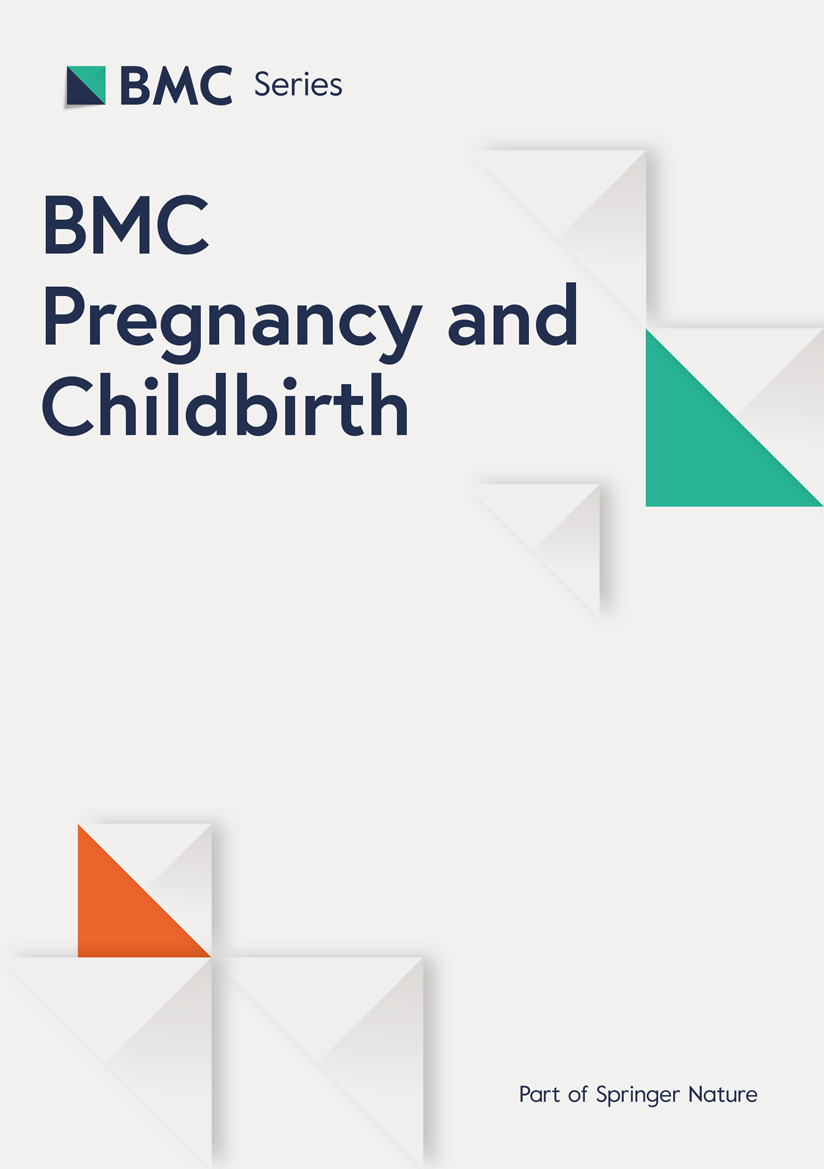Intermittent Catheters Market Projected to Expand to US$ 2.6
Intermittent Catheters Market
The global intermittent catheters market has witnessed steady growth over the past decade, driven by an increasing prevalence of urinary incontinence, rising geriatric population, and advancements in catheter technology. Intermittent catheters are medical devices designed for temporary bladder emptying, used predominantly by patients with neurogenic bladder dysfunction, spinal cord injuries, and urinary retention issues. Unlike indwelling catheters that remain inside the bladder continuously, intermittent catheters are inserted only when necessary, minimizing infection risks and enhancing patient comfort.
In 2021, the market was valued at approximately US$ 1.6 billion and is forecast to expand at a compound annual growth rate (CAGR) of 4.8% from 2022 through 2032, reaching around US$ 2.6 billion by the end of the decade. The growth is significantly propelled by increasing awareness of intermittent catheterization benefits, technological innovations in catheter coatings and materials, and the expanding elderly demographic globally. The leading segment within the market is coated intermittent catheters, which accounted for nearly 64.5% of the market share by revenue in 2021, reflecting their superior patient comfort and reduced infection rates compared to uncoated variants.
✅ Get a Sample Copy of Research Report (Use Corporate Mail id for Quick Response): https://www.persistencemarketresearch.com/samples/33195
Geographically, North America stands out as the leading region, with the United States dominating the market due to advanced healthcare infrastructure, high incidence of urinary incontinence, and a strong presence of medical device manufacturers. The U.S. accounted for approximately 86.1% of the North American intermittent catheters market in 2021. Europe, with Germany as a key contributor, and Asia-Pacific, particularly Japan, also hold considerable market shares due to aging populations and growing healthcare expenditures.
Key Highlights from the Report
✦ The global intermittent catheters market is projected to reach US$ 2.6 billion by 2032, growing at a CAGR of 4.8%.
✦ Coated intermittent catheters dominate the market with a 64.5% share due to better biocompatibility and patient comfort.
✦ North America, led by the U.S., holds the largest regional share, driven by technological advancements and high prevalence of urinary disorders.
✦ The geriatric population surge globally is a key growth driver for intermittent catheter demand.
✦ Rising incidence of catheter-associated urinary tract infections (CAUTIs) poses a significant restraint to market growth.
✦ Increasing healthcare spending and patient awareness in developing regions present substantial growth opportunities.
Market Segmentation
The intermittent catheters market is segmented primarily by product type, application, and end user.
By product type, the market is divided into coated catheters, uncoated catheters, and hydrophilic catheters. Coated catheters lead this segment due to their low friction surface that reduces urethral injury and lowers infection risk. Hydrophilic catheters, which become slippery when wet, are gaining traction for providing enhanced comfort and ease of insertion, especially among patients practicing self-catheterization.
Application-wise, intermittent catheters are widely used in treating benign prostatic hyperplasia (BPH), spinal cord injuries, neurogenic bladder, and post-surgical urinary retention. Among these, prostate gland surgeries remain the largest application segment, accounting for approximately 38% of market revenue in 2021. This is due to the large number of BPH procedures performed annually, particularly in developed countries.
End users comprise hospitals, long-term care facilities, home care settings, and clinics. Hospitals and long-term care centers represent the largest share due to the need for catheterization during surgeries and chronic illness management. Meanwhile, home care is witnessing increasing adoption driven by patient preference for self-catheterization, supported by product innovations designed for ease of use.
Regional Insights
North America leads the intermittent catheters market, driven predominantly by the United States. The country's well-developed healthcare system, technological innovation in medical devices, and rising urinary incontinence cases fuel demand. According to Johns Hopkins Medicine, about 25 million adult Americans suffer from urinary incontinence, with a majority being women, creating a significant patient pool for intermittent catheter use.
Europe follows, with Germany as a key market due to its high proportion of elderly citizens (about 22% aged 65 and above) and increasing research in safer catheter technologies. The European market is also supported by strong healthcare infrastructure and reimbursement policies that encourage catheter use.
In Asia-Pacific, Japan stands out due to the country's large number of hospitals and high hospital bed availability (13 beds per 1,000 people). However, markets like China and India are emerging due to rising healthcare investments and growing awareness among patients and healthcare providers. Latin America and parts of Africa still present untapped potential with relatively low penetration of catheter use, signaling room for future growth.
Market Drivers
One of the primary drivers of the intermittent catheters market is the increasing prevalence of urinary incontinence and related urological disorders worldwide. Aging populations in developed and developing countries are more prone to urinary retention and bladder control problems, which require effective catheterization solutions. The United Nations estimates that the global population aged 65 or above will nearly double from 703 million in 2019 to 1.5 billion by 2050, intensifying demand for intermittent catheter products.
Another significant driver is growing awareness among healthcare professionals and patients about the advantages of intermittent catheterization, such as reduced risk of infections compared to indwelling catheters, improved quality of life, and ease of use. Advances in catheter materials, including the increasing adoption of biocompatible silicone and hydrophilic coatings, enhance patient comfort and safety, further encouraging usage.
The rise in chronic diseases such as diabetes, neurological disorders, and prostate-related conditions also contributes to the demand for intermittent catheters. Surgical procedures, especially prostate surgeries, require catheterization during post-operative recovery, supporting continuous market growth. Additionally, increasing hospital admissions and healthcare infrastructure expansion in emerging economies open new avenues for market penetration.
Market Restraints
Despite promising growth prospects, the intermittent catheters market faces some challenges. A major restraint is the increasing incidence of catheter-associated urinary tract infections (CAUTIs), which can arise from improper catheter use. Healthcare institutions remain cautious about widespread adoption due to concerns over infection control and patient safety. According to the U.S. Centers for Disease Control and Prevention (CDC), over 80% of CAUTIs are linked to indwelling catheters, but intermittent catheter users are also at risk if guidelines are not strictly followed.
Another limiting factor is competition from disposable incontinence products like adult diapers and pull-on absorbent garments, which are often preferred by patients unwilling or unable to use catheters. These products benefit from reimbursement programs in countries like the U.S., U.K., and Australia, which can reduce demand for intermittent catheters.
Additionally, high costs of coated and hydrophilic catheters compared to uncoated ones, and the need for frequent replacement, especially in low-income regions, can restrict market growth. Limited patient education and reluctance towards catheterization in certain cultural contexts also act as barriers.
✅ Request for Customization of the Research Report: https://www.persistencemarketresearch.com/request-customization/33195
Market Opportunities
The intermittent catheters market holds considerable opportunities for manufacturers and healthcare providers. One key area is the relatively low catheter penetration in developing regions such as Asia-Pacific, Latin America, and parts of Africa. As healthcare spending increases and awareness improves in countries like China, India, and Russia, new patient segments are becoming accessible.
Technological innovation presents another major opportunity. Companies are investing in R&D to develop more advanced, biocompatible, and user-friendly catheters, such as those made from silicone and coated with hydrophilic materials. These improvements aim to reduce infections, enhance comfort, and enable self-catheterization, which is increasingly preferred by patients managing chronic conditions at home.
Expanding home care and ambulatory care markets also provide growth prospects. With healthcare systems encouraging outpatient treatment and home management of chronic illnesses, intermittent catheters tailored for ease of use outside hospital settings are gaining traction. Furthermore, strategic partnerships and collaborations between key market players enable innovation and geographic expansion.
Reasons to Buy the Report
✔ Gain comprehensive insights into the global intermittent catheters market trends and forecasts through 2032.
✔ Understand detailed market segmentation by product type, application, end user, and region.
✔ Identify key growth drivers, restraints, and opportunities to make informed strategic decisions.
✔ Analyze competitive landscape with profiles of leading companies and their recent developments.
✔ Access actionable intelligence to capitalize on emerging markets and technological advancements.
Company Insights
Several prominent companies dominate the intermittent catheters market, including:
• Boston Scientific Corporation
• Medtronic plc.
• Hollister Incorporated
• B. Braun Melsungen AG
• Coloplast A/S
• Becton, Dickinson, and Company
• Teleflex Incorporated
• Cook Medical
• ASID BONZ GmbH
• Hunter Urology Ltd.
• McKesson Corp.
• Medline Industries LP
• Pennine Healthcare
• Romsons
• Convatec
• Flexicare
• Scienta Omicron (Scienta Scientific)
• PREVAC SP. Z O.O.
• Nova Ltd.
• SPECS GmbH
Recent Developments
In September 2019, ConvaTec Group Plc acquired Southlake Medical Supplies, Inc., enhancing its presence in the U.S. catheter supply market.
In August 2019, Smith Medical and Medline Industries formed a partnership aimed at improving the delivery and accessibility of therapeutic catheter products.
Conclusion
The global intermittent catheters market is poised for steady growth driven by demographic shifts, rising prevalence of urinary disorders, and technological advancements in catheter design. The dominance of coated catheters and increasing preference for self-catheterization reflect a shift towards safer, more patient-friendly solutions. While challenges such as infection risks and competition from disposable incontinence products exist, expanding healthcare infrastructure and growing awareness, especially in developing regions, present promising opportunities. As market players continue to innovate and collaborate, the intermittent catheters market is set to evolve with improved patient outcomes and expanding accessibility worldwide.
Contact Us:
Persistence Market Research
G04 Golden Mile House, Clayponds Lane
Brentford, London, TW8 0GU UK
USA Phone: +1 646-878-6329
UK Phone: +44 203-837-5656
Email: [email protected]
Web: https://www.persistencemarketresearch.com
About Persistence Market Research:
At Persistence Market Research, we specialize in creating research studies that serve as strategic tools for driving business growth. Established as a proprietary firm in 2012, we have evolved into a registered company in England and Wales in 2023 under the name Persistence Research & Consultancy Services Ltd. With a solid foundation, we have completed over 3600 custom and syndicate market research projects, and delivered more than 2700 projects for other leading market research companies' clients.
Our approach combines traditional market research methods with modern tools to offer comprehensive research solutions. With a decade of experience, we pride ourselves on deriving actionable insights from data to help businesses stay ahead of the competition. Our client base spans multinational corporations, leading consulting firms, investment funds, and government departments. A significant portion of our sales comes from repeat clients, a testament to the value and trust we've built over the years.
This release was published on openPR.












